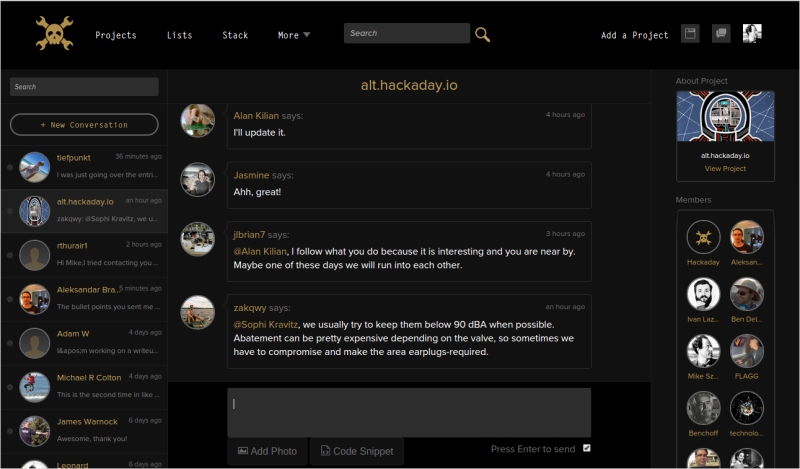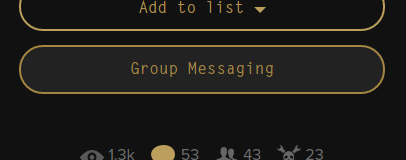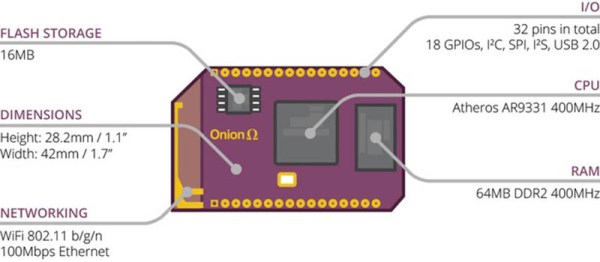Thirty years ago there was a lot of unused spectrum in the 900MHz, 2.4GHz, and 5.2GHz bands. They were licensed for industrial, scientific, and medical uses since their establishment in 1947. But by the 1980s, these bands were identified as being underused. Spectrum is a valuable resource, and in 1985, the FCC first allowed unlicensed, spread spectrum use of these bands. Anyone who has ever configured a router will know the importance of this slice of spectrum: they’re the backbone of WiFi and 4G. If you’re not connected to the Internet through an Ethernet cable, you have the FCC Commissioners and chairpersons in 1985 to thank for that.
Last week, the FCC unanimously voted to allow the use of spectrum in the 3.5GHz band with the Citizens Broadband Radio Service. This opens up 150 MHz of spectrum from 3550 – 3700MHz for new wireless broadband services. If history repeats itself, you will be connecting to the Internet with the Citizens Broadband Radio Service (CBRS) in a few years.
While the April 17th FCC meeting was the formal creation of the CBRS, this is something that has been in the works for a very long time. The band was originally proposed back in 2012 when portions of spectrum were, like the ISM bands back in the 80s, identified as being underused. Right now, the 3.5GHz band is being used for US military radars and aeronautical navigation, but new advances in frequency management as outlined by commissioner [Clyburn] will allow these to coexist with the CBRS. In the words of Chairman [Wheeler], “computer systems can act like spectrum traffic cops.”
Access to the 3.5GHz spectrum will be divided into three levels. The highest tier, incumbent access, will be reserved for the institutions already using it – military radars and aeronautical radio. The second tier, priority access, will be auctioned and licensed by the FCC for broadband providers via Priority Access Licenses (PALs). The final tier, general authorized access, will be available for you and me, provided the spectrum isn’t already allocated to higher tiers. This is an unprecedented development in spectrum allocation and an experiment to see if this type of spectrum allocation leads to more utilization.
There are, however, unanswered questions. Commissioner [O’Rielly] has said the three-year license with no renewable expectancy could limit commercial uptake of PALs. Some commentors have claimed the protocols necessary for the CBRS to coexist with WiFi devices does not exist.
Still, the drumbeat demanding more and more spectrum marches on, and 2/3rds of the 150MHz made available under this order was previously locked up for the exclusive use of the Defense Department. Sharing spectrum between various users is the future, and in this case has the nice bonus of creating a free citizens band radio service.
You can read the full order here, or watch the stream of the April 17th meeting.










 [Ben]’s pack fits 18 cells which he soldered together with some flexible copper grounding wire. The top side of the enclosure is covered with a layer of insulating rubber, and the rim is covered with a soft foam to form a gasket against the board. As you can see, the pack bends really well with the board, and it doesn’t look like [Ben] has had any issues with his design so far. Check out [Ben]’s blog for more info and for more details on the overall design of his board.
[Ben]’s pack fits 18 cells which he soldered together with some flexible copper grounding wire. The top side of the enclosure is covered with a layer of insulating rubber, and the rim is covered with a soft foam to form a gasket against the board. As you can see, the pack bends really well with the board, and it doesn’t look like [Ben] has had any issues with his design so far. Check out [Ben]’s blog for more info and for more details on the overall design of his board.










